India Art Fair 2024
01, Feb 2024 to 04, Feb 2024 Viewing Room
Curatorial Premise
-Monica Jain
Art Centrix Space, New Delhi, established in 2012 is a contemporary art gallery that has been showing at the India Art Fair since 2018. We passionately champion a rich tapestry of vernacular voices and actively curate artistic practices that resonate with the diverse narratives of every corner of India. This year's showcase features our represented artists for their distinctive oeuvres and the practice transcends geographical boundaries of both states, our nation and the world.
Bhargav Barla from Visakhapatnam, presents paintings and photographs delving into single-image storytelling, exploring dreams, nostalgia, and daily life. Focusing on the interplay between presence and absence, he invites us to explore the transient nature of time and space. Reflecting a deep connection to a coastal city intensified by a pandemic-influenced focus on the essence of everyday life, he crafts compositions as portals to alternate realities and blurring fiction and reality to convey the depths of psychological truths.
KP Pradeepkumar based in Kochi, unveils paintings and sculptures which echo the politics of the struggle for land of the kinnara tribes as they stood in protest for a 100 days in the waters of Kerala upon the precarious Salvinia auriculata - a water plant with beautiful pink flowers typical of the region. His artistic practice navigates the omnipresence of the protagonist as he employs mixed media; working with equal tenacity in pen and ink as he does with watercolour on paper, gouache and pencil drawings to build layers of thematic connectedness with the Self and its surrounding geographies. KP Pradeepkumar, creates autobiographical landscapes through the visual metaphors of rivers, mountains and time. He believes that all living organisms coexist with animate and inanimate forces of nature. This correlation is a continuous narrative, which transcends time. It is a flow, like that of a river.
Manish Sharma working from Jaipur, showcases a wall sculpture. Set against Bikaner's ancient havelis, My lost memories: the Decimation weaves symbols into an evocative exploration of Rajasthan's arid landscape. The symbols are like prayers to please the gods not for fortune but for basic needs such as Rain, embodying motifs and forgotten sentiments, and stands as an inscription to traditional art, but as a paradox to modern minimalism. Departing from nostalgia, it envisions a resilient world where ethnic cities resist profit-driven heritage pilfering, serving as a call for preservation amid contemporary challenges.
Pinaki Ranjan Mohanty from Bhubaneswar, exhibits a wall sculpture. His work is primarily conceptualised around Chilika Lake, his hometown, to which he responds ecologically, culturally and historically. Pinaki bases his practice on the impact of environmental changes that have ravaged the vast lands and the waters of his beloved lake, using a flamboyance of flamingos as visual anchor, which very quickly have become synonymous with him. These installations of migratory birds are especially enduring, original and rare because they are dependent on the amount of scavenging of wood and stone he can manage to do every few weeks. Pinaki’s practice is deeply influenced by the current materiality, literature and socio-political conditions of Chilika. The artist questions the politics of aesthetics as well as that of neo-liberal interventions to his land and its forgotten memories. Although he takes the water bodies of Chilika as the conceptual ground for his oeuvre, his larger intention is to trigger questions around global water bodies, poetic and literary references around lakes, their relationships and consequences of man-made events in post-capitalist times.
Siri Devi Khandavilli, who divides her time between New York and New Delhi, showcases a blend of paintings and installations. Her canvases, laden with reflective, mirror-like substances and employing cutting-edge modern techniques developed over years by herself, embody the concept of Shoonya. This no-thing, no image of a reflective surface holds limitless potential to transform in the viewer's presence—an idea the artist passionately pursues. Conveying states of absolute stillness, silence, and transcendence, these pieces facilitate a profound connection with the universe. Shoonya represents the space from which everything emerges and to which everything returns, with every work being perpetually created in the here and now. In her piece Marichike (a Kannada word for Mirage), akin to Maya, she communicates a portrayal of something that seems real but is actually unreal, illustrating how our perceptions may not always reflect reality's true nature.
From tangibilities to intangibilities, our artists’ oeuvre finds profound connectedness in earth, land and sky. They delve into the real and unreal, mirage, maya and fetishised voluminosity of rain bearing clouds, Chilika lake waters as homelands of migratory flamingos that are sought and reminisced. Through their oeuvre, the artists give a sense of both longing and hope.
As we traverse, a common thread emerges – the exploration of reflection, both literal and metaphorical. The symbiotic relationship between earth and sky, the fluidity of water, and the transient nature of life are articulated through the lens of these diverse artists. It is a contemplative journey, inviting us to explore the intangible and reflect upon the profound connections between our worldly existence and the vast cosmos above.
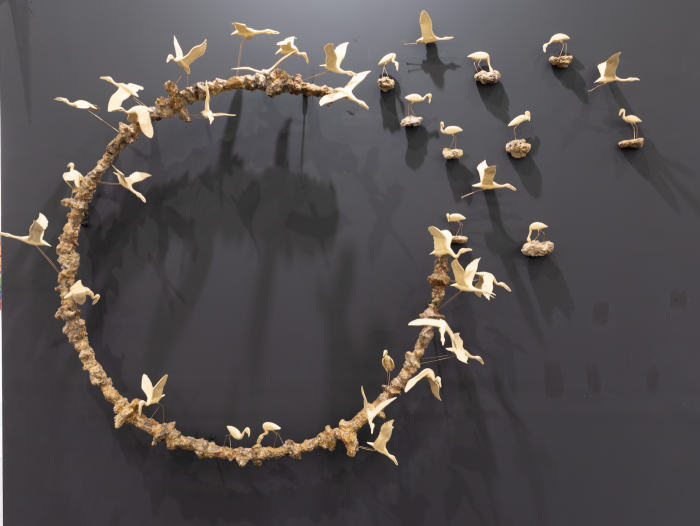
Pinaki Ranjan Mohanty
Sculptures
Wood and Found stones | 60 Inches Dia approx | 4 | 2023-24
Siri Devi Khandavilli
Installations
Ceramic coating on Silver on Metal | Variable | 1 | 2023-24
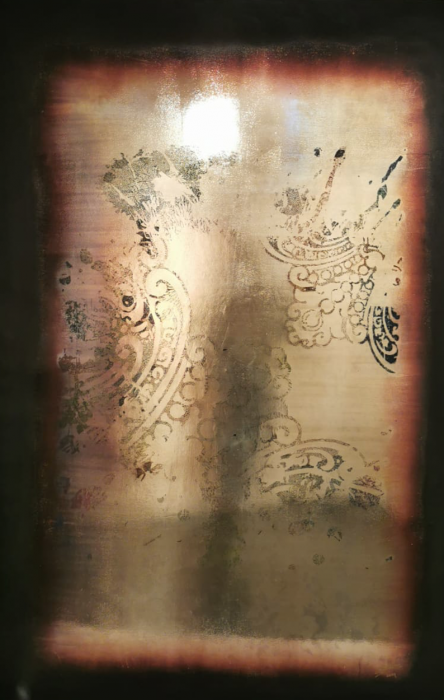
Siri Devi Khandavilli
Paintings
Metal, Ink, and Paint on Canvas | 72 x 48 Inches | 1 | 2023-24

Siri Devi Khandavilli
Paintings
Metal, Ink & paint on Canvas | 72 x 48 Inches | 1 | 2023-24
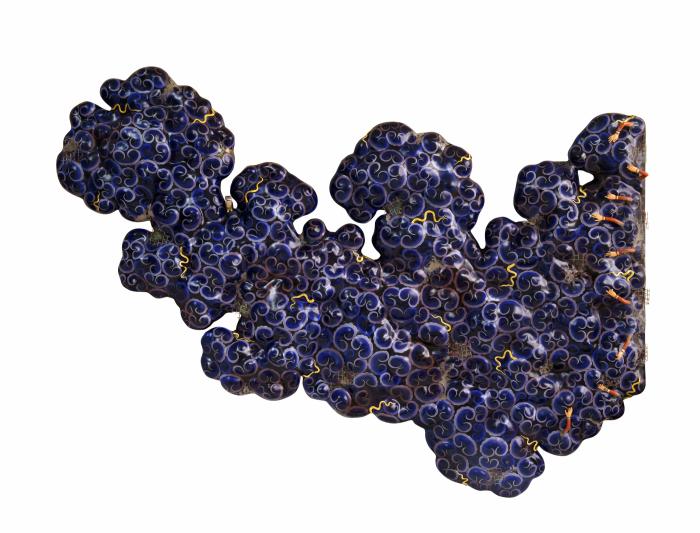
Manish Sharma
Installations
Wood, fibreglass, brass, iron, acrylic and PU | 72 x 96 inches | 1 | 2023-24

Pinaki Ranjan Mohanty
Installations
Stone & Found wood | 30 x 6 Inches, 54 x 6 inches | 4 | 2023-24

KP Pradeepkumar
Paintings
Watercolour, gouache, charcoals and soft pastels on 300 gsm fabriano paper | 55 x 46 inches | 2023
Bhargav Barla
Paintings
Acrylic on Canvas | 60x72 Inches | 2023-24
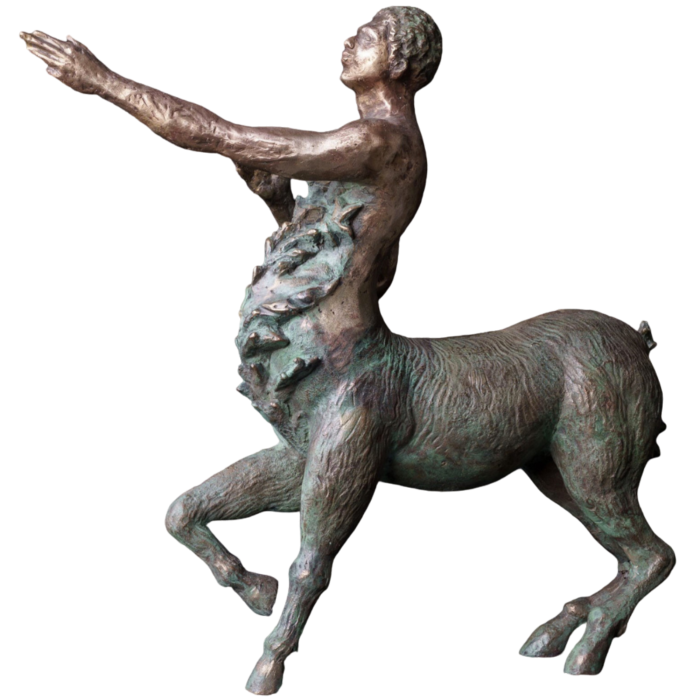
KP Pradeepkumar
Sculptures
Bronze | 23 x 10 x 7 inches | 2023-24

KP Pradeepkumar
Sculptures
Bronze | 23 x 10 x 7 inches | 2023-24
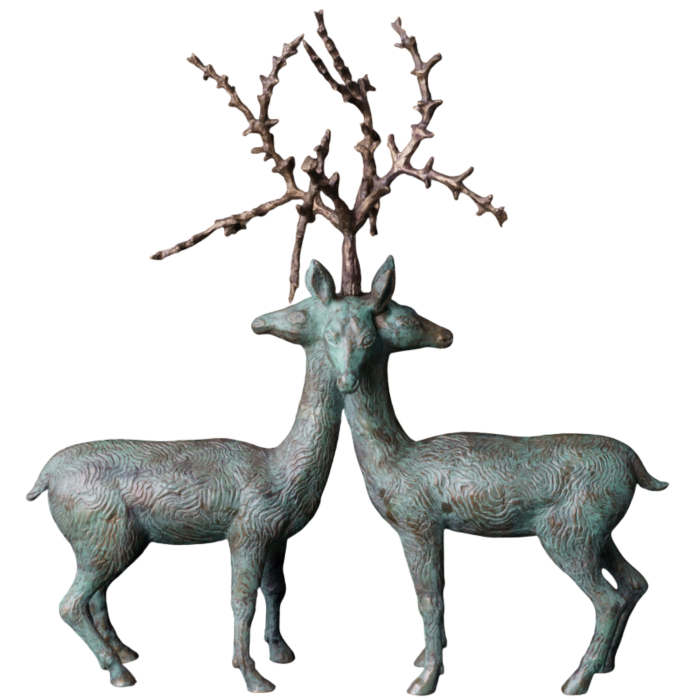
KP Pradeepkumar
Sculptures
Bronze | 23 x 10 x 7 Inches | 2023-24